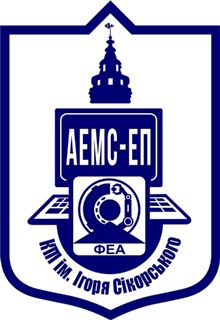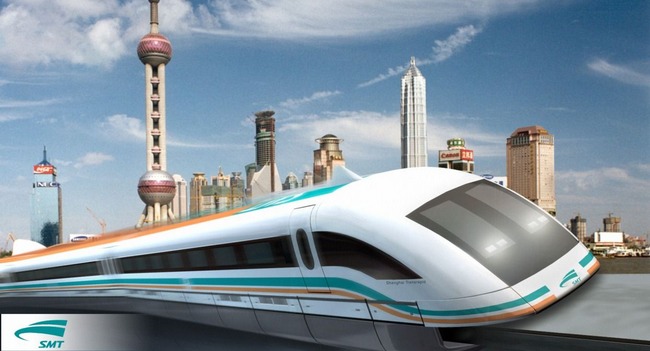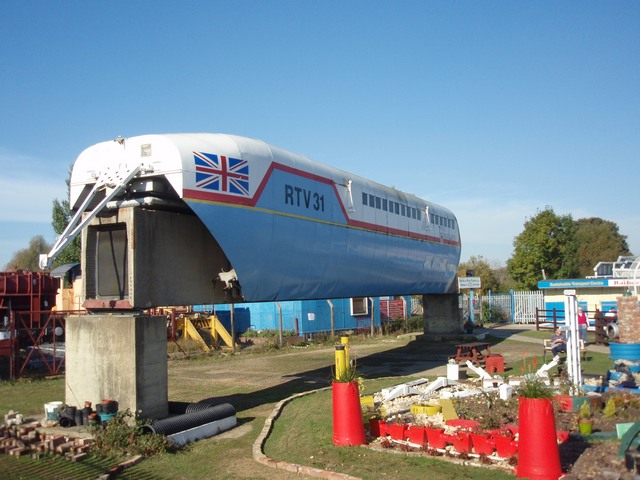MAGNETIC PILLOW TRAINS – TRANSPORT OF THE FUTURE
Maglev trains (from the words “magnetic levitation”) are the fastest type of ground public transport. Although only a few such systems have been put into commercial operation so far, research and testing of prototype magnetic trains is being conducted in different countries. How the technology of magnetic levitation has developed and what awaits it in the near future, you will learn from this article [1, 2].
HISTORY OF FORMATION
The first pages of Maglev’s history are filled with a number of patents obtained at the beginning of the XX century in different countries. Back in 1902, the German inventor Alfred Seiden received a patent for the design of a train equipped with a linear engine. Four years later, Franklin Scott Smith developed an early prototype of an electromagnetic suspension train. A little later, in the period from 1937 to 1941, several more patents related to trains equipped with linear electric motors were received by German engineer Hermann Kemper.
In the late 1960s, researchers moved from word to deed. British engineer Eric Leithwaite, whom many call the “father of maglev”, managed to develop the first working full-size prototype of a linear asynchronous motor.
In 1979, the world’s first prototype of a magnetic cushion train licensed for passenger transportation services appeared – Transrapid 05. a test track with a length of 908 M was built in Hamburg and presented during the IVA 79 exhibition. interest in the project was so great that Transrapid 05 managed to successfully work for another three months after the end of the exhibition and carry a total of about 50 thousand passengers. The maximum speed of this train was 75 km/h.
The first commercial magnetoplane appeared in 1984 in Birmingham, England. A magnetically suspended railway line connected the terminal of Birmingham International Airport and the nearby railway station. It worked successfully from 1984 to 1995. The length of the line was only 600 M, and the height to which the train with a linear asynchronous Motor rose above the roadbed was 15 millimeters. In 2003, the AirRail Link passenger transportation system based on Cable Liner technology was built in its place.
In the 1980s, the development and implementation of projects for the creation of high-speed magnetic cushion trains began not only in England and Germany, but also in Japan, Korea, China and the United States.
Read more in the full-text article on our website in the section “interesting things in science and technology”.
SOURCES
- Скрипин В. Поезда на магнитной подушке – транспорт, способный изменить мир. URL: https://itc.ua/articles/poezda-na-magnitnoy-podushke-transport-sposobnyiy-izmenit-mir/
- Теряєв В.І, Ліберт Н.Є. Монорейки КПІ: історія магнітного польоту. Київський політехнік. Газета НТУУ КПІ ім. Ігоря Сікорського. 2018. № 3 (3219). С. 6-7. URL: https://kpi.ua/monorail













